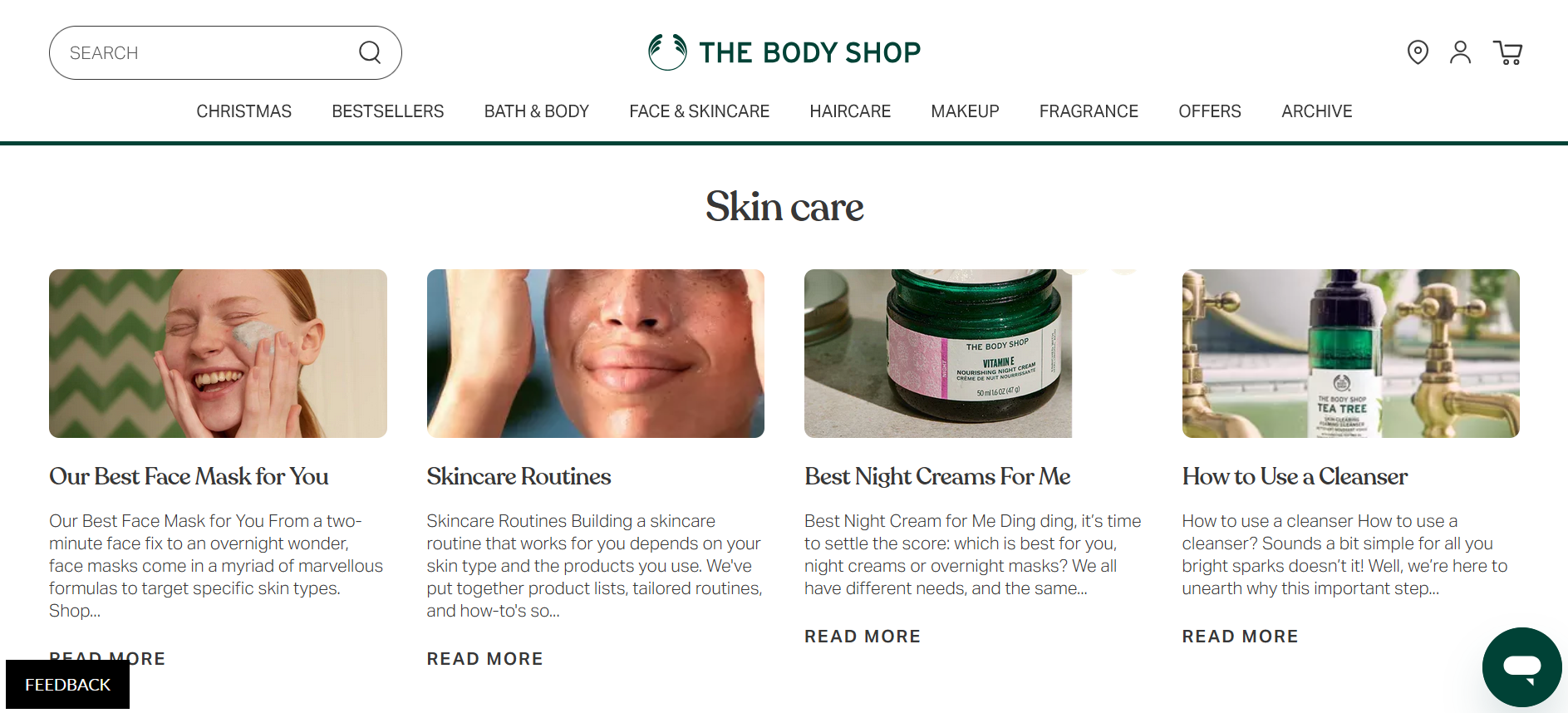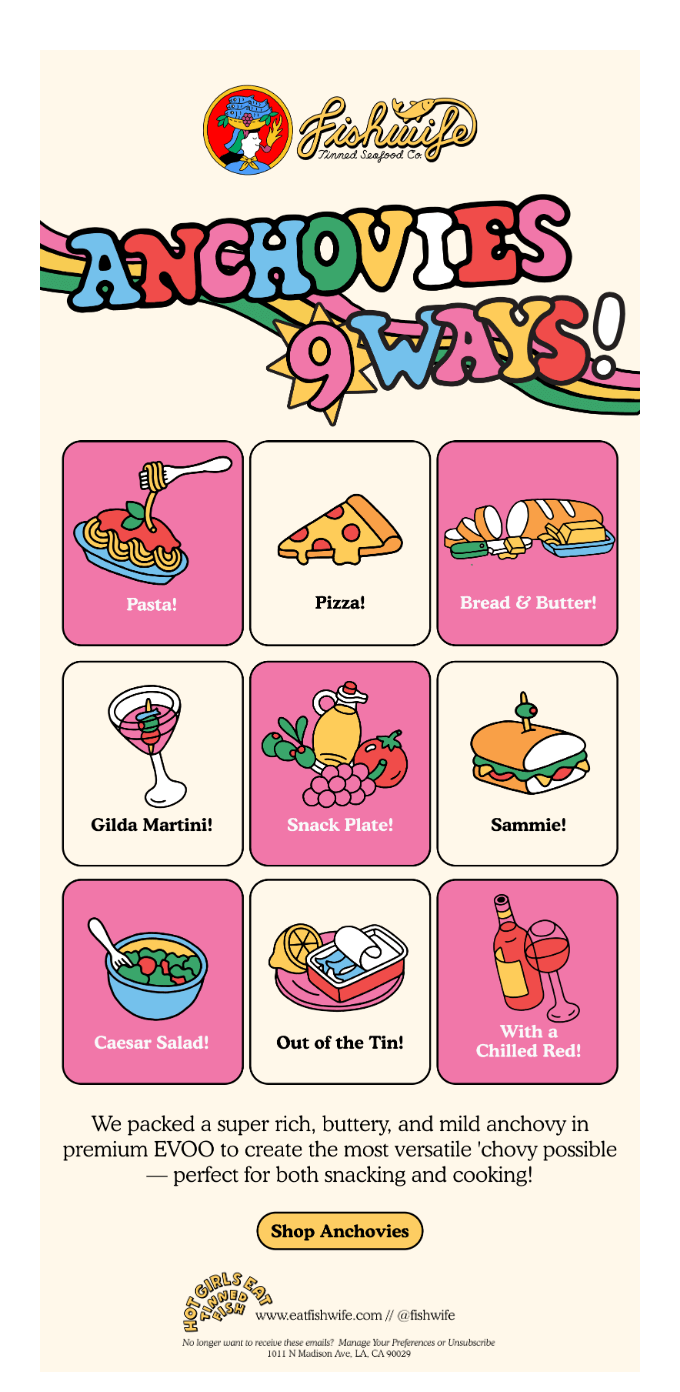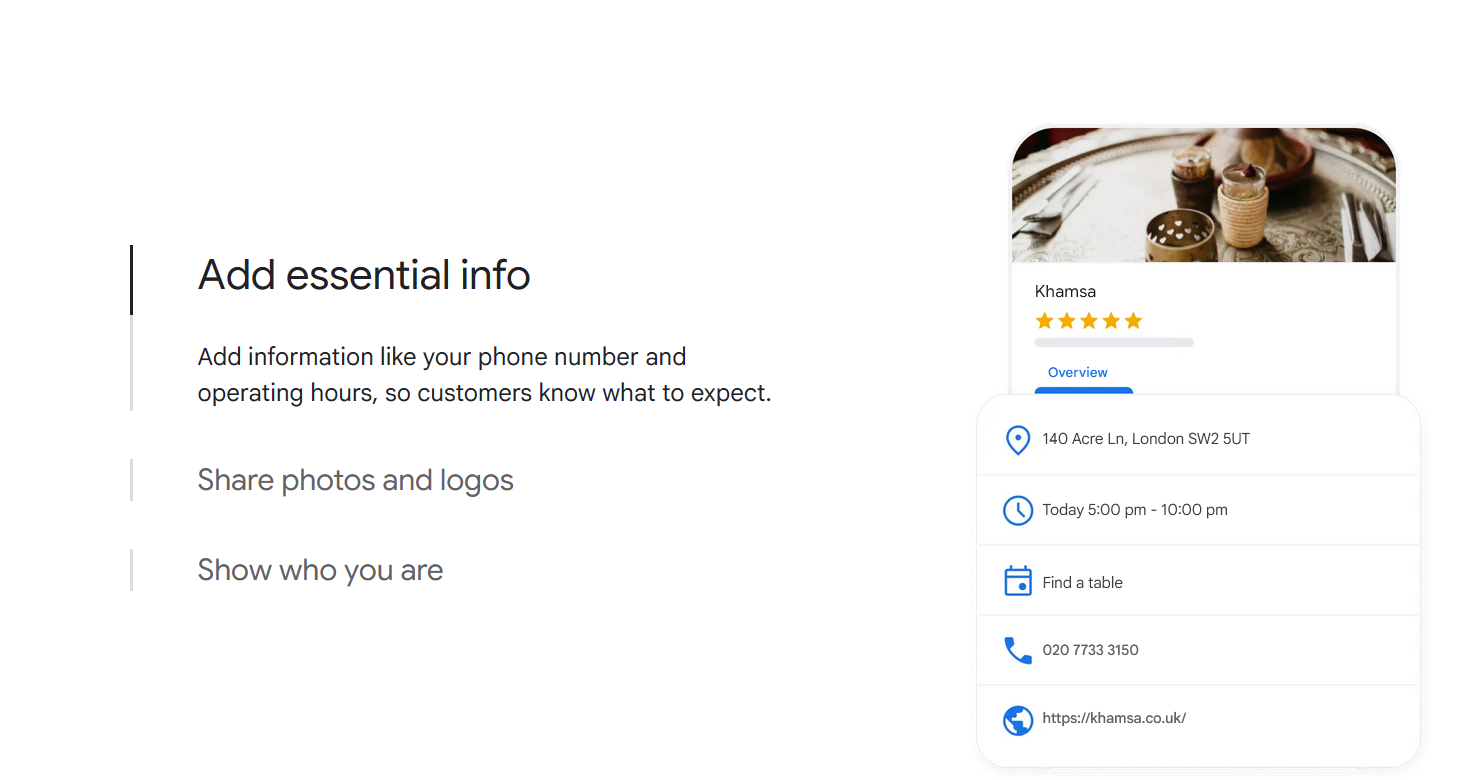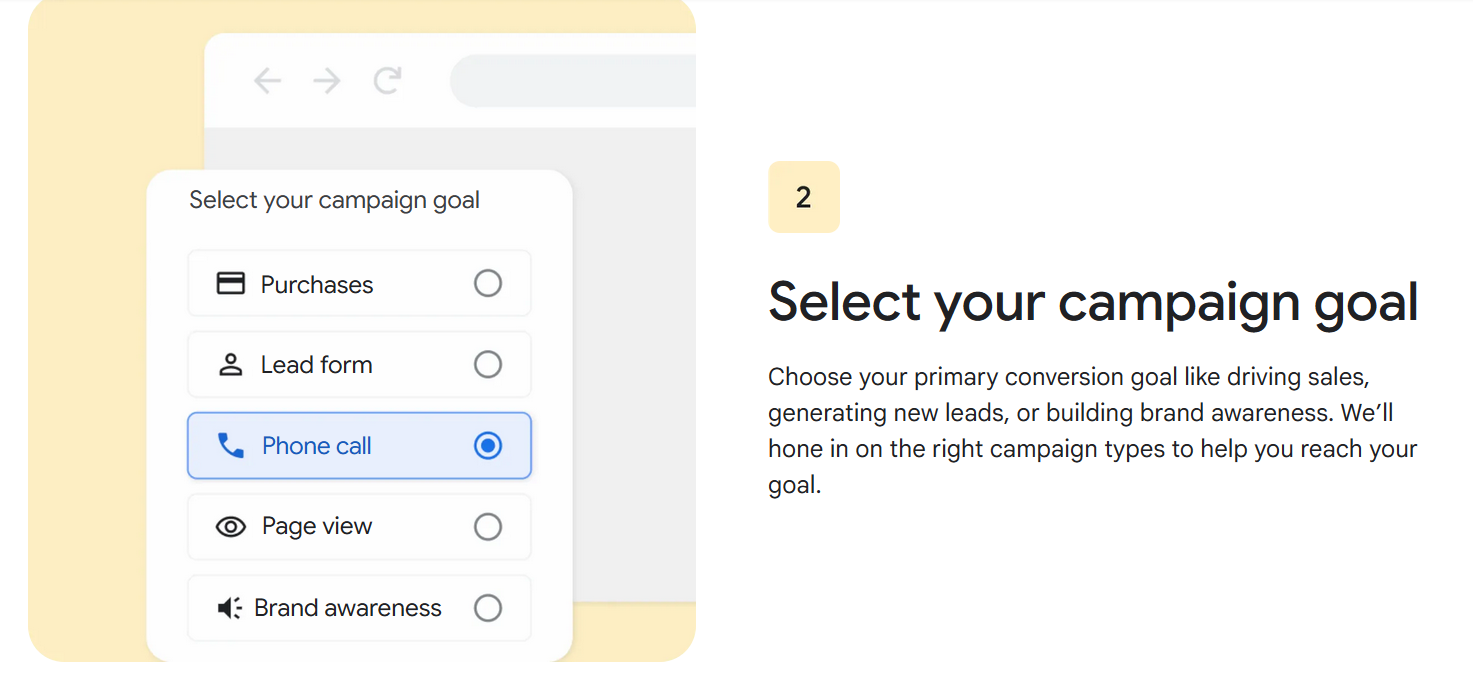With approximately 1.3 billion websites worldwide, simply building a beautiful or cool website is not enough. It must be actively promoted with the goals of driving traffic, boosting engagement, and converting casual visitors into customers.
Discover the best strategies for promoting websites, increasing visibility, and winning customers, as shared by experts.
What is Website Promotion?
Website promotion utilizes content, social media, advertising, and search engine optimization (SEO) strategies to attract visitors, educate them about products and services, and guide them towards actions such as purchasing.
In the past, websites were only promoted through links and simple digital ads. Now, with search engines, social media, and smartphones, website promotion has become more advanced and targeted. Marketers leverage data and advanced technology, including AI integration, to personalize ads and quickly and effectively reach the right audience.
The Importance of Web Traffic and Other Website Promotion Goals
High website traffic means higher brand visibility, enabling businesses to reach potential customers and discover new growth opportunities. It directly reflects the number of people engaging with your brand and products, serving as a foundation for assessing website effectiveness in enhancing brand awareness, SEO performance, customer insights, and driving business growth.
Increase in brand awareness
Investing in website promotion ideas that place your website on the first page of Google and other search engines gives you a competitive edge in capturing the majority of online users interested in what you offer. The more people see you, the more trustworthy your website becomes. This is a psychological phenomenon known as the "mere-exposure" effect, in which people tend to prefer things that have become familiar.
Generate leads
Website promotion acts like a magnet, drawing in people who are already interested in what you offer by providing special discounts and other limited deals. You can also promote free resources, like e-books or webinars. In exchange, visitors provide their information, turning them into potential customers or leads.
Strengthen brand
Website promotion can strengthen your brand by influencing public perception and brand authority. For instance, promotions enable you to convey your brand's values, personality, and mission, attracting people who resonate with them. This leads to a stronger emotional connection to your brand, which can help plant the seeds for loyalty to grow.
Promoting high-quality content that sparks conversations, shares, and comments also opens the door to two-way interaction, fostering a sense of belonging and deeply strengthening a brand's identity.
5 Free Ways to Promote Your Website
Promoting your website doesn't have to break the bank. Here are five free strategies you can already implement to increase your online visibility.
1. SEO optimization
Search engine optimization is a great way to bring your website to the top of the search results and reach your target audience. You can maximize this by leveraging the People Also Ask (PAA) section by providing answers to a cluster of related questions, as Google often pulls PAA answers from well-structured articles and blogs, capturing organic clicks.
Moreover, you can incorporate long-tail search queries through keyword research and integrate them into your Frequently Asked Questions (FAQs) page. Finally, don't forget to include high-ranking keywords in your meta descriptions, alt texts, and URLs.

An example of related questions under the People Also Ask section via Google
2. Content marketing
Content marketing educates, entertains, and inspires people through various formats, including blog posts, videos, social media content, infographics, and podcasts. They help draw potential customers' attention and educate them about your vision, mission, products, and services.
Content marketing is also a great way to signal to search engines, such as Google, that your website is a definitive source of information users are looking for. It is effective in generating organic signals that algorithms value highly.
For instance, a cosmetic brand's website may have an entire section dedicated to the science of skincare. This can dramatically improve the website's ranking for a wide range of related queries.

Educational content via The Body Shop
3. Email marketing
Email marketing involves targeting an email list of subscribers and sending them relevant content that encourages them to take action toward achieving business goals, such as making a purchase. And while many think it is obsolete in this day and age, it is, in fact, one of the most effective marketing channels that drives consistent traffic to your website.
You can use email marketing to inform subscribers about the latest announcements and promotions, which will ultimately direct them to a landing page. You can also share relevant content to pull subscribers back to your site. For instance, you can schedule pre-written emails that highlight weekly articles customers may be interested in.

Re-engage casual website visitors with email marketing. Image via Really Good Emails
4. Social media engagement
Today's audience is critical of the social media engagement brands deliver. It mirrors the state of the relationship between an organization and its customers. Data from social engagement provides unfiltered customer insights that are more immediate than those from other market research methodologies.
Social media engagement also affects how you rank in search results. If your followers mention your brand, Google considers this a strong indicator of your brand's authority and credibility.
Leverage social media engagement by posting teaser content that your followers can fully view or read when they visit your website. You can also integrate interactive polls and quizzes on social media platforms, which redirect users to your website for the full results.
5. Utilizing Google my business
Google My Business helps users put their businesses on the map and search engines for free. All you have to do is open a Google Business account and enter details, like your address, the type of service you provide, and your contact number.
You can also add your website to entice users to click for more information. These details help boost local SEO, so your business profile appears at the top, and consequently, captures users who are highly interested in your products and services.

Business profile example via Google
6. Join niche conversations
Facebook Pages, Reddit, Quora, and other forums can be your gateway to reaching warm leads. However, it is crucial to lead with a value-first approach, with the ultimate goal of strengthening brand authority rather than directly advertising your website.
For instance, you can address questions within your expertise in full detail. This shows your competence, signaling to others that they can rely on you. In effect, joining niche conversations builds trust, which can encourage other members to explore your profile and visit your website.
8 Paid Ways to Promote Your Website
Free strategies can help get you started in promoting your website, but paid strategies can amplify results quickly. Here's how.
1. Google ads
If you want to speed up the process rather than relying on organic SEO, consider investing in Google Ads. It allows advertisers to bid for ad space based on targeted keywords, ensuring their websites appear at the top of search results pages.
This enables advertisers to target the majority of high-intent individuals actively seeking what they offer. Think of it as a direct pipeline from a simple Google search to your lead page.
Here are the things to consider when using Google Ads:
- Don't forget to factor in negative keywords you don't want your website to appear for.
- Ensure that your ad promise and the web page it links to align perfectly.
- Track conversions, not just visits and clicks.

You can customize your search ads according to goals. Image via Google Ads
2. Social media advertising
Platforms like Instagram, Facebook, and TikTok enable creators to push their content to the top and target specific demographics through paid advertising. Unlike Google Ads, where the goal is to get people to click on your link, social media ads optimize for impressions (ad views), engagement (likes, shares, and comments), and conversions (such as purchases, direct inquiries, or sign-ups).
That said, your visuals need to be eye-catching to stop the scroll in a crowded feed. You can also leverage retargeting for visitors who have already visited your website but didn't convert. This repeated exposure to your social media ads can increase conversion rates by staying top-of-mind. Your Call-to-Action buttons also play a crucial role in enticing your leads to visit a specific page on your website.

Facebook ad example via Sprout Social
3. Influencer collaborations
Tag your favorite influencers and collaborate with them to promote your website. You can launch an affiliate link campaign in which influencers can provide discount codes to their followers when they buy from your website. You can also ask them to make content and plug your website for you. They earn commission for every sale, and you win customers!
Another effective method is to co-host a webinar with an influencer and require interested participants to register on your website to join. This not only drives up web visits, but also funnels lead information. Alternatively, you can run a collaborative guest blogging or giveaway with the influencers, encouraging their followers to visit your website to enter.
4. QR code advertising
A QR code eliminates the need to enter websites, removing a customer obstacle. You can also be extra creative and place them in strategic locations or ads where potential customers can easily see them.
But QR code advertising is not as simple as printing and sticking them everywhere. The ad must clearly state the value proposition (e.g., Scan for a special discount) and include a simple instruction to guide users.

QR code discount example via QR Code Generator
5. Website referral program
A website referral program encourages your existing customers to share your website with their friends and family. For example, the original customer can send a unique link so the new friend can make a purchase or sign up on your website. The original customer then receives rewards, like a discount or store credit.
A recommendation from a trusted friend is one of the most powerful marketing tools you can take advantage of. It results in a higher conversion rate because there is less doubt in the new customer's mind.
When running a website referral program, remember to set simple, specific rules. This includes limiting a reward to one per household or voiding rewards if the new customer returns the purchase. The referral process must also be seamless. Links should be easy to find and share via email or social media, because any technical friction can deter participation, regardless of how good the reward is.
6. Podcast ads
Approximately 100 million Americans listen to podcasts, making it a strategic channel for advertising your website. But it takes the right podcast channel to resonate with your niche and audience. The ad must solve a problem or desire that the listener already has.
Here's how it works.
The host reads the advertisement and provides a clear call to action, instructing listeners to visit a specific URL. This creates a surge in web visits as they already trust the host's recommendations. Meanwhile, a pre-recorded ad inserted in the show lacks this trust and often performs worse.
Never just to promote your homepage. You must use a trackable URL created for the podcast. For instance, you can format it as yourwebsite.com/podcastname to accurately measure the ad's ROI and determine which podcast channels are most effective.
Collaborate with a marketing web design company to determine the optimal combination of web promotion strategies for achieving results.
Measuring the Success of Your Website Promotion Is It Working?
After running web promotion strategies, the next question is: Is it working?
The success of website promotion is not measured solely by the number of visitors. Although that is a good indicator, you also need to track the quality of traffic you are getting and its impact.
Key performance indicators
Source of traffic
Quantify and qualify your traffic, whether they come from organic searches that found you via Google and other search engines, social media (Facebook, Instagram, TikTok, etc.), referrals (via affiliate or referral programs), direct (people who typed your URL directly), or paid search from Google ads.
Treat this as your report card, identifying which channels generate more traffic and high-quality leads, so you know which strategies require further refinement. This allows you to invest efforts and resources wisely.
Bounce rate and time on page
Bounce rate is the percentage of visitors who land on your page and promptly exit without clicking anything on your site. The higher the bounce rate, the less time people spend on your website. This is important to track and analyze because a high number of web visits means nothing if they are not converted into actual sales.
Conversion rate
Customer conversion can mean many things. It can tell that the web visitor has made a purchase, signed up for an email subscription, completed a form, or downloaded an e-book.
The conversion rate measures the effectiveness of your website in encouraging visitors to take any of these actions. You can have a large number of web visitors, but a low conversion rate means your website is failing to persuade people to take the next step in their customer journey.
Analytics tools
Google analytics
It shows where web traffic is coming from and what visitors do when browsing. Since it is integrated with Google's advertising platform, it can also track the whole customer journey from ad click to purchase.
SEMRush
It tracks organic search rankings and backlinks for your website and your competitors. This enables you to identify gaps in your SEO strategy relative to the market and recalibrate accordingly.
HubSpot marketing hub
A CRM platform you can integrate into your website to track every move of your customers in your database. Every time someone visits your website, opens your email, or clicks a link, HubSpot tracks the activity.
Another useful feature of the platform is its ability to automate email sending, publishing content, and managing your social media accounts. It also tracks qualified sales leads based on their website activity. These capabilities help brands build customer knowledge and relationships, enabling you to send the right message at the right time.
Let Your Website Shine
Digital presence is a currency, and your website is the central bank where this value is stored and grows. Your website is a strategic point of contact and the digital flagship store of your company.
If your target audience cannot find your website, its potential plummets to zero. Hence, there is a need to continuously improve your website's visibility to optimize results using the latest tools and strategies, especially for small businesses.
Staying ahead of the competition requires not only optimizing your content for search engines but also adopting advanced marketing tactics for a more impactful user experience. Hire one of the best website design agencies to get started and promote your website strategically!
Nov 20, 2025
